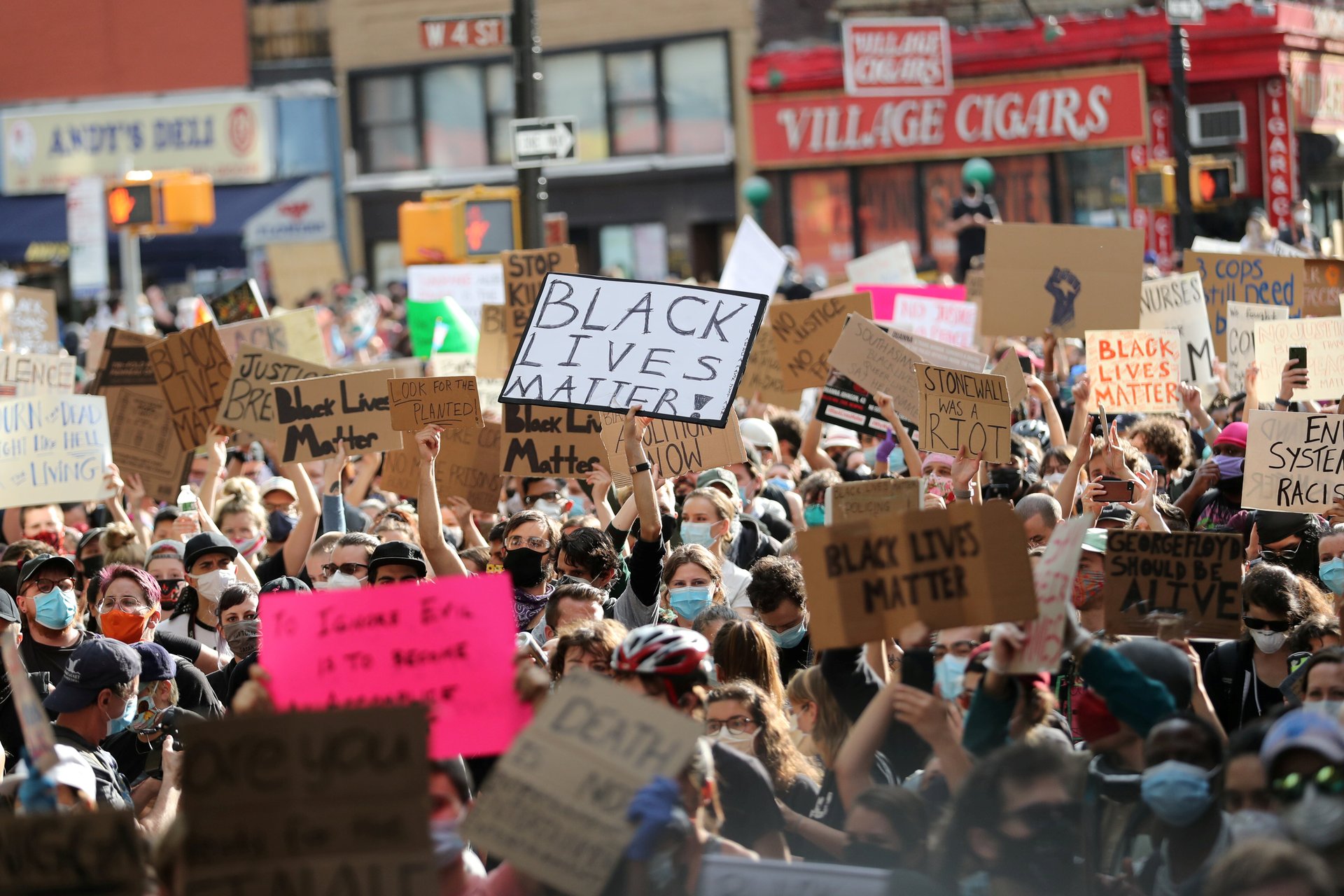A quick guide to unemployment rates, by race, in major US cities
Before Covid-19, US unemployment was at a 50-year low. But even an historically tight labor market had notably more slack in it for brown and black populations, in cities across the country.


Before Covid-19, US unemployment was at a 50-year low. But even an historically tight labor market had notably more slack in it for brown and black populations, in cities across the country.
In Minneapolis, for example, the unemployment rate declined from 3.3% to 3.1% between 2000 and 2018, according to data from IPUMS, a database housed at the University of Minnesota that integrates census and survey data. Among white people, it dropped from 2.5% to 1.9%. But among black people, unemployment rose from 6.8% to 8%.
“That’s pretty alarming I have to say,” says Elise Gould, a senior economist at the left-leaning Economic Policy Institute. Her recent work on how Covid-19 has affected black workers is based on national data, which she says “misses so much of the differences we see across the United States.”
The numbers are part of the undercurrent of the ongoing protests that started in Minneapolis, where protesters have amassed daily in the wake of the death of George Floyd, a black man who was killed under police custody.
Now, with the backdrop of a pandemic during which one in four US workers has filed for unemployment, black people continue to face a harsher reality in the job market. In April, the unemployment rate for white Americans stood at 14.2%; for black Americans, it was 16.7%.
In many of the US cities where protests have erupted, the pre-pandemic racial gap in unemployment is striking. These data come from the US Census, analyzed through IPUMS:
In Washington DC and Philadelphia, along with Minneapolis, black unemployment rose between 2000 and 2018, despite overall unemployment declining. “[T]hat means disparities are going to be across the board,” says Gould. For instance, the median income for black households in Minneapolis was $38,100 in 2018, trailing the overall median household income of $68,400.
“It’s not like the city [of Minneapolis] as a whole was hurting,” says Gould. “Some people were doing quite well, and some people simply weren’t. [The] opportunities were not there equally, just like how Covid didn’t hit people equally.”
The prosperity was never fully shared
Just before the pandemic, the unemployment rate for black Americans would fall to a record low, but that progress would be erased shortly after.
“When you see these numbers, there’s a drag of racism in the market somewhere that is preventing prosperity from being shared,” says Andre Perry, a fellow at the Brookings Institution who has researched racial disparities in unemployment. “The numbers out of Minneapolis are just emblematic of what’s happening all around the country.”
While existing literature suggests education is a factor in the racial gap in unemployment, a study led by Tomaz Cajner, an economist at the Federal Reserve, found that it alone does not fully explain the disparity in the labor market.
Cajner and his co-authors suggest other factors that contribute to the racial unemployment gap include mass incarceration that can hamper employment prospects, and racial discrimination. Discrimination in hiring has been evident for years. A study in 2004 found that candidates with white-sounding names received 50% more callbacks for job interviews; more recent research suggests that these kinds of biases, sometimes triggered in mere seconds, remain a widespread problem.
Perry says the national unemployment numbers mask racial disparities not only in different cities, but also in rural areas. He suggests that factors more detailed than unemployment status—such as wages and quality of jobs—would help paint a more inclusive picture of the health of the US economy.
The raw data on unemployment, meanwhile, offers stark reminders of its own.
What makes this pandemic downturn different from past recessions is that the unemployment rate for black workers is “now a national crisis,” says Perry. With the election coming up, he says the combination of the protests and the pandemic “really puts into focus the opportunity to change structures or to double down” on the status quo.